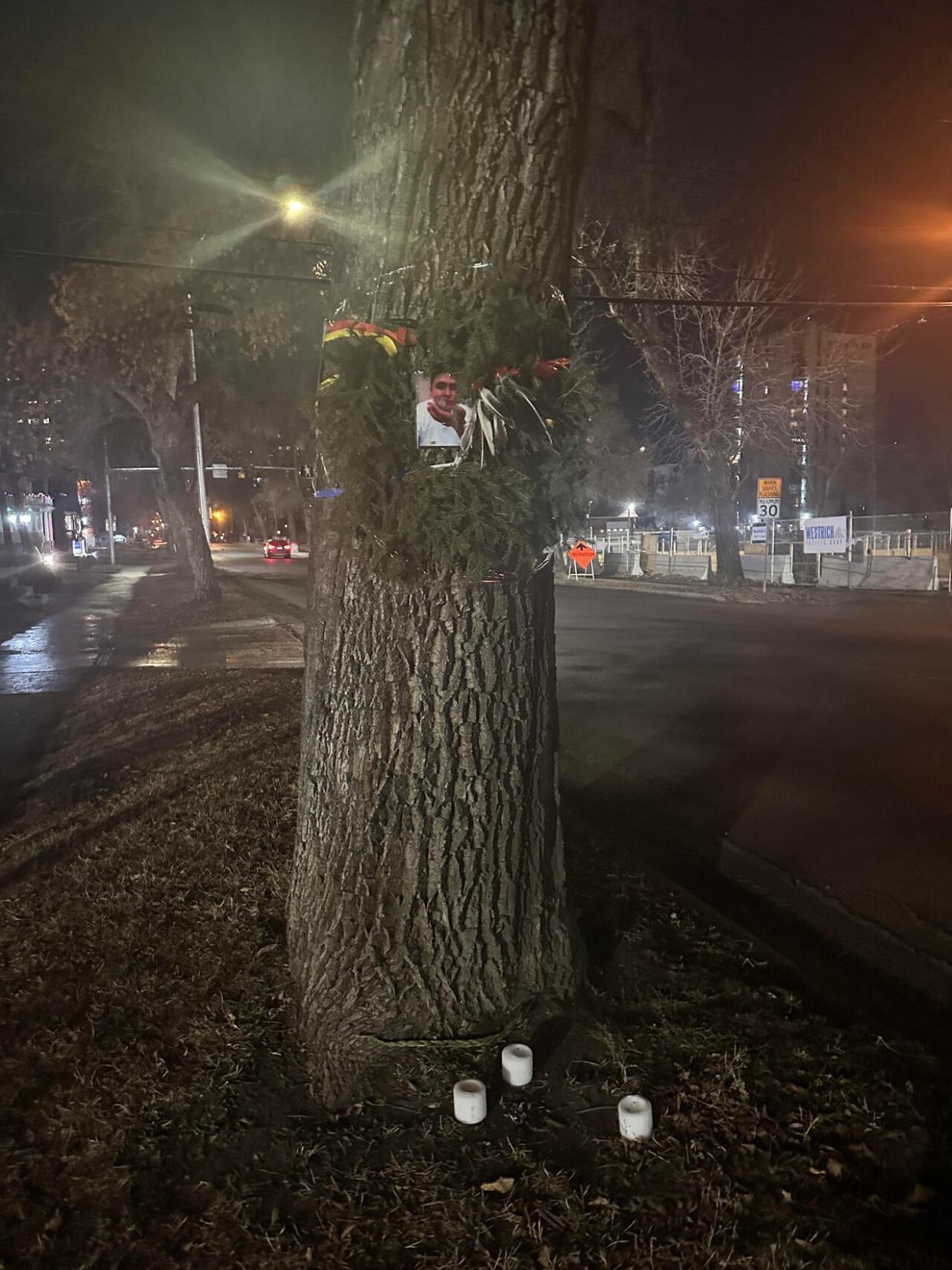Critics question Edmonton police response methods after 2 deaths in 4 days

A pair of fatal encounters with Edmonton police in the past week have prompted calls for greater transparency and a different response to mental health emergencies.
In separate incidents days apart, a man and woman were shocked with stun guns and shot by police. Both died at the respective scenes in the Oliver and Laurel neighbourhoods despite receiving medical attention, according to the Alberta Serious Incident Response Team (ASIRT), the oversight agency that investigates incidents causing death or serious injury that involve police.
ASIRT and the Edmonton Police Service (EPS) issued separate news releases announcing investigations into each person's death. ASIRT included photos of weapons allegedly found on scene — a knife at the Oliver scene, and a pellet pistol at the Laurel scene — but neither agency specified whether the man and woman held them when police opened fire.
"ASIRT should either reveal no information, or reveal it all," said Tom Engel, a criminal defence lawyer in Edmonton who often works on police accountability cases.
"The perception is that they are issuing an exculpatory version of events — same as the EPS issued — and they shouldn't be doing that. They're supposed to be objective and they're not doing that."

ASIRT distributed photographs of weapons allegedly found at the scene of two fatal police incidents this week. The police watchdog says a pellet pistol, left, was recovered from a Laurel apartment where a woman was killed Wednesday during a mental health call, and that a knife was recovered from an Oliver scene where a man was killed Sunday. (ASIRT)
Investigations into police-involved shootings often take years, Engel said. He's troubled that Edmonton police and ASIRT are sharing limited information about these kinds, then decline to answer further questions.
Video of Sunday shooting raises concerns: Engel
On Sunday evening, officers responded to a 911 call about a man who was allegedly brandishing a knife at people in the Oliver neighbourhood. ASIRT released a photo of the knife that was allegedly at the scene.
CBC News has obtained a bystander video of the confrontation that is partially obscured by a balcony railing.
In the video, the man alleged to have a knife approaches officers who are yelling at him to get on the ground. One of the officers fires what seems to be a stun gun; the man stiffens and suddenly drops to the ground.
At this point, the man's body and the officers' whereabouts are largely obscured by the railing. But more officers can be viewed arriving on scene; someone repeatedly yells "get off," then six rapid bangs are heard.
Engel has seen a second video of the confrontation that was filmed from a different angle, which raises serious concerns about the police's decision to shoot the man, he said. That video was published online by APTN, but CBC News has not obtained or verified it.
Engel said EPS has a number of different teams and tools that could be deployed to such calls that could help avoid fatal outcomes, such as the police and crisis response team (PACT), the tactical unit and the canine unit, as well as less lethal use-of-force options such as an ARWEN — a launcher that shoots plastic projectiles.
Police spokesperson Carolin Maran said Friday that the officers involved in both fatal incidents are all on leave, which she said is standard procedure.
She declined to answer questions about policies for sending the tactical team or PACT to these kinds of calls, citing the ongoing ASIRT investigations.
A small memorial of candles, photographs and a wreath were set up at the site of the Oliver shooting this week.
Alternative responses
Four days later, a woman was killed in an apartment suite in the Laurel neighbourhood during an altercation with officers who had arrived to check on her well-being. In a news release, Edmonton police said officers entered the apartment after calling out several times and getting no response because they had information that the woman was at risk of harming herself.
ASIRT shared a photo of a pellet pistol allegedly at the scene.
Research suggests police officers should not be sent on mental health calls, said Benjamin Perrin, a law professor at the University of British Columbia.
"Tragic incidents where police respond to someone who's in mental health distress — many of those could have been much better dealt with by a non-police team," said Perrin, who recently published a book about deadly encounters with police and alternative response options.
The proportion of people who die in police encounters, who also have mental health or substance use issues, is dramatically high and growing more common, Perrin said.
Other jurisdictions have implemented or are piloting 24/7 non-police crisis response teams and finding success, he said.
He referred to a program that has run for decades in Eugene, Ore., as an example. There, trained mental health responders tackle 15 to 20 per cent of emergency calls and rarely end up needing police back-up, he said.
"Someone responds differently when you show up in a hoodie with a logo on it and you're like, 'Hey, we're here to see if you're OK.' That's very different than someone with a bulletproof vest with 'POLICE' across it; a big person — or multiple people — armed, showing up at your home in the middle of the night," Perrin said.
"That alone leads to better outcomes."
Perrin said he is not a use-of-force expert, thus could not comment on the police actions in Oliver Sunday.


